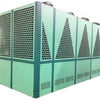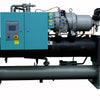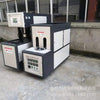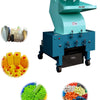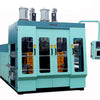Air-cooled chiller
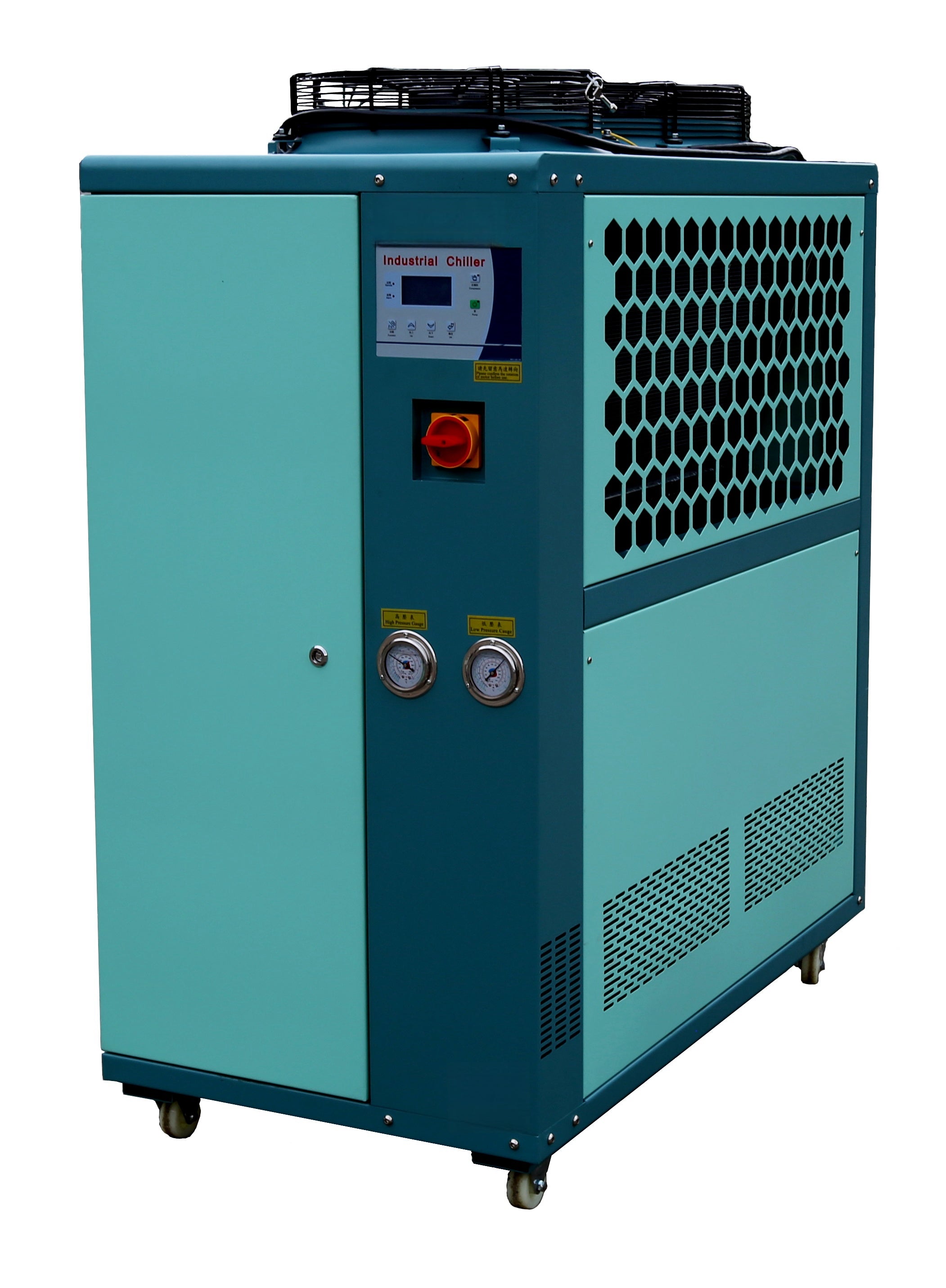
1. Introduction
Temperature control is a critical factor in ensuring product quality, equipment longevity, and process efficiency across diverse industrial sectors—from plastics molding and laser processing to pharmaceuticals and electronics manufacturing. Among the available cooling technologies, air-cooled chillers offer a self-contained, water-free alternative that balances performance, ease of installation, and maintenance simplicity. With increasing emphasis on modular design and rapid deployment, air-cooled systems have gained significant traction, particularly in regions with water scarcity or space constraints.
2. Working Principle and System Architecture
Air-cooled chillers operate on the vapor-compression refrigeration cycle, comprising four core components:
- Compressor: Compresses low-pressure refrigerant vapor into high-pressure, high-temperature gas.
- Air-Cooled Condenser: A finned-tube heat exchanger where ambient air—forced by axial or centrifugal fans—absorbs heat from the refrigerant, causing it to condense into a liquid.
- Expansion Valve: Reduces refrigerant pressure, inducing a sharp temperature drop.
- Evaporator: Absorbs heat from the process fluid (typically water or glycol solution), cooling it for circulation to industrial equipment.
The entire system is often integrated into a single skid-mounted unit, enabling plug-and-play operation—requiring only electrical power and process water connections.
3. Key Advantages
Air-cooled chillers offer several compelling benefits:
- No Water Dependency: Eliminates the need for cooling towers, water treatment, and associated plumbing, reducing both capital and operational complexity.
- Simplified Installation: Ideal for rooftops, outdoor pads, or temporary setups; no secondary water loop required.
- Lower Maintenance: Avoids issues like scaling, corrosion, biofouling, and pump failures common in open-loop water systems.
- Mobility and Compactness: Many units feature casters and compact footprints, facilitating relocation between production lines.
- Environmental Adaptability: Suitable for arid or remote locations where water quality or availability is a concern.
Modern units also incorporate intelligent controls (e.g., PID temperature regulation, remote monitoring via IoT), variable-speed compressors, and high-efficiency EC fans to enhance part-load performance.
4. Limitations and Operational Considerations
Despite their advantages, air-cooled chillers face inherent constraints:
- Lower Energy Efficiency: Air has a lower heat capacity than water, resulting in higher condensing temperatures and reduced coefficient of performance (COP), especially in hot climates (>35°C ambient).
- Noise Emission: Fan operation generates more noise than water-cooled counterparts, potentially requiring acoustic enclosures in noise-sensitive areas.
- Space and Airflow Requirements: Adequate clearance around the unit is essential to prevent hot air recirculation, which can degrade performance.
- Shorter Lifespan: Typical service life ranges from 6 to 11 years, compared to 20+ years for well-maintained water-cooled screw chillers.
5. Industrial Applications
Air-cooled chillers are widely deployed across sectors:
- Plastics Industry: Precise mold cooling in injection and blow molding to reduce cycle times and improve part consistency.
- Laser and CNC Machining: Cooling laser heads, spindles, and cutting fluids to maintain dimensional accuracy.
- Electronics Manufacturing: Thermal management of semiconductor fabrication tools and testing equipment.
- Medical and Laboratory Equipment: Stabilizing temperatures in MRI machines, CT scanners, and analytical instruments (e.g., ICP-MS, XRD).
- Chemical and Pharmaceutical: Controlling exothermic reactions and crystallization processes.
Their ability to deliver chilled water at setpoints as low as –15°C (using glycol-based secondary loops) further expands their utility in sub-ambient applications.
6. Technological Trends and Future Outlook
Recent innovations are addressing traditional weaknesses:
- Hybrid and Evaporative Pre-Cooling: Some models integrate misting or adiabatic pre-cooling to lower condenser inlet air temperature during peak heat, boosting efficiency by 10–20%.
- Eco-Friendly Refrigerants: Transition to low-GWP refrigerants (e.g., R-513A, R-1234ze) aligns with global environmental regulations.
- Smart Controls and Predictive Maintenance: Cloud-connected chillers enable real-time diagnostics, energy reporting, and fault prediction.
- Modular Scalability: Multi-compressor designs allow capacity staging, improving part-load efficiency and redundancy.
As Industry 4.0 advances, air-cooled chillers are increasingly integrated into digital factory ecosystems, supporting data-driven energy optimization and remote asset management.
7. Conclusion
Air-cooled chillers represent a pragmatic and versatile cooling solution for modern industrial environments where simplicity, speed of deployment, and water independence are paramount. While they may not match the peak efficiency of water-cooled systems in large-scale, continuous-duty applications, their evolving design—enhanced by digitalization, advanced materials, and sustainable refrigerants—continues to expand their performance envelope. For small-to-medium enterprises, temporary facilities, or water-stressed regions, air-cooled chillers remain an indispensable tool in the thermal management arsenal.
-
Đăng trong
Industrial chiller

